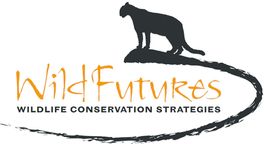WildFutures' Wildlife Webinar Series Archive
Heart of a Lion
In this 60-minute interactive webinar, William Stolzenburg retraces the remarkable story of a young mountain lion who left his birthplace in the Black Hills of South Dakota and set out on a cross-country journey that covered two years and more than two thousand miles across America. Using images, film, and firsthand accounts of those whose lives were touched by this record-setting cat, William Stolzenburg chronicles this modern odyssey of perseverance and survival against overwhelming odds. In the end he offers hope for those who would welcome the American native home. Will will answer questions from participants at the end of his presentation.
About the Presenter- Will Stolzenburg has authored three books including, Heart of a Lion. As a journalist and writer, his focus over the past decade has been primarily on predator species.



